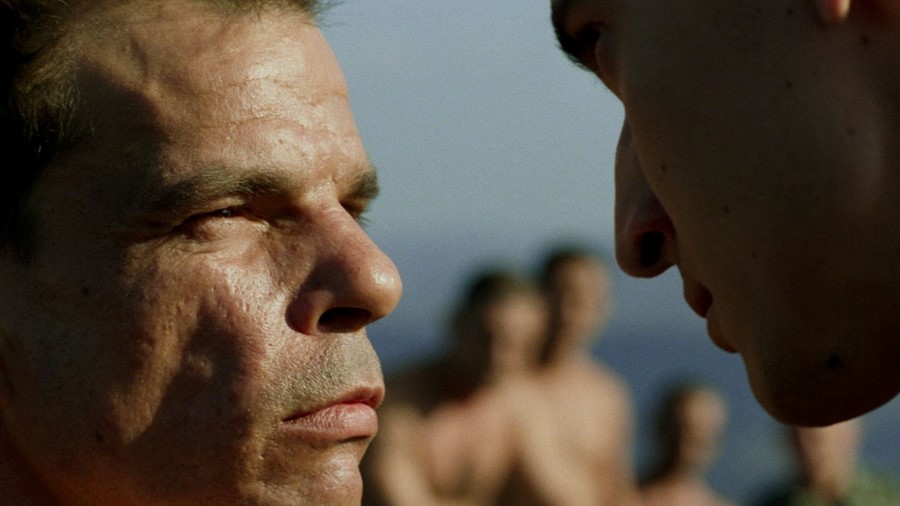As her new retrospective opens at Metrograph cinema in New York, Agnès Godard talks about collaborating with Claire Denis and Agnès Varda, and the art of “deeply watching things”
Every cinephile can remember their first time seeing Beau Travail, Claire Denis’ 1999 masterpiece. “That blew the top off for me in terms of what was possible,” Greta Gerwig has said of the film, which is often counted among the greatest of all time. Noted for its hypnotic movement quality and inventive framing, Beau Travail took apart what a film looked like and put it back together, thanks in no small part to Denis’ longtime cinematographer Agnès Godard. Godard’s magnetic visual style tracks bodies with patience, as if sharing in their privacy, and turning military exercises into a mesmerizing pas-de-deux with the camera.
A new retrospective at Metrograph cinema in New York – Lensed by Agnès Godard – revisits Godard’s impressive body of work as a cinematographer, in which she has time and time again reinvented the visual language of cinema. Across each film, Godard compels audiences to literally see the world from another angle, and to delight in the possibilities of looking in new ways. Under her keen gaze, the backs of heads and necks become landscapes, grazing constantly over skin and sand, or even – in 1996’s Nénette et Boni – turning pizza dough into an object of haptic, erotic intensity.
In her own words, Godard discusses her work on five seminal films from the retrospective, many of which chart her more than 30-year collaboration with Denis. She explains her passion for “looking at things in silence,” and yet, her words convey a beauty perhaps second only to the images themselves.
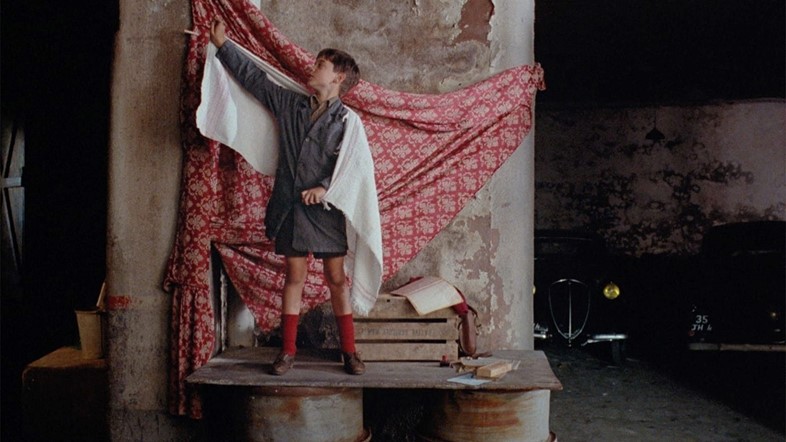
Jacquot de Nantes (Agnès Varda, 1991)
“My first images for the film were made in Paris at Agnès Varda’s house, and I was filming Jacques Demy very, very closely – his skin, his eyes. Jacques Demy could not speak very easily at that moment because of the disease, and so I remember that we communicated by looking at each other. It was extremely dense and strong, and I thought, yeah, I have to work in silence and find images to replace words.
“Agnès Varda was really like the chief of the army. Everything was very documented, and she was very energetic, and it was very active and fluent. I really enjoyed it and I was really lucky to be part of this film.”
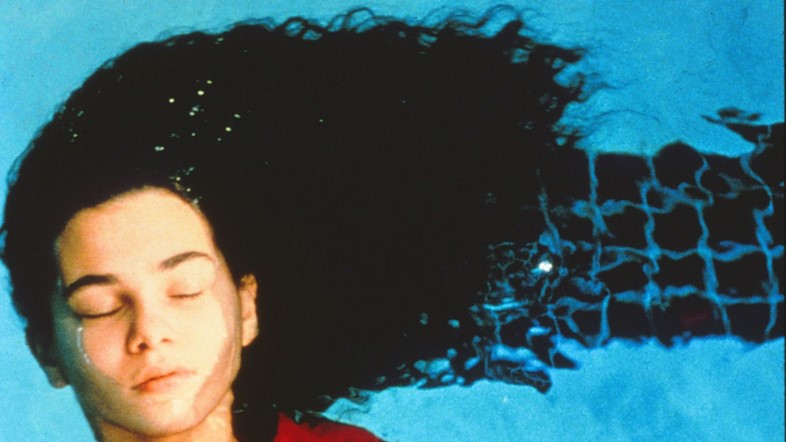
Nénette et Boni (Claire Denis, 1996)
“When Claire [Denis] showed me the house – Boni’s house – she decided to have colours in certain rooms; the kitchen, the mother’s room. And we were going to follow the characters very close up and everything. And also, because it was in Marseille in the south of France – it’s a sunny city – certainly I thought that it would be great to have highlights and shadow, and this would be also kind of in their mind, too. [Nénette and Boni] would never talk really precisely about what was in their mind – they say different things, other things, other subjects. So with light and shadow, I thought it was going to represent the mystery somehow.”
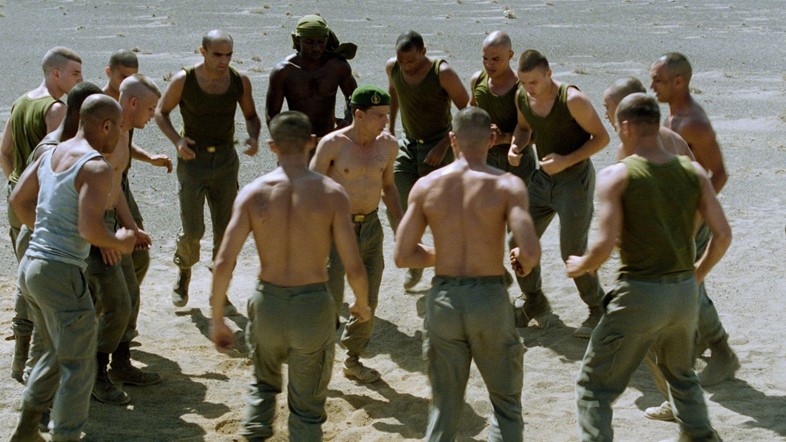
Beau Travail (Claire Denis, 1999)
“I discovered something really incredible when I first went scouting in Djibouti. It’s such a special place. It’s a geological area and is just astonishing, so I felt totally immersed in the spirituality of the landscapes. I remember thinking, is it the beginning or the end of the world?
“The question was, how do you put a figure in such a landscape? On scouting, I went there with the body of a camera, one lens, and a few pieces of negative to test, because I wanted to do some images to choose whether I was going to use Kodak or Fuji. I think that was the start of this ‘experimental’ film, even though we never used that word … but the abstraction of the film, the liberty of Claire, the faith we all had in the project … it was like we were free to try other things all the time. It had an influence, I guess, to dare to try things.
“There is a lot of handheld camera, and on the first day of shooting we had the sequence where they are training, learning how to run, and I had to run too. I thought, ‘I need to exercise!’ [Laughs]. When you have the camera on your shoulder and the camera is running, you don’t work only with your eyes or your brain. You work with your entire body, so it becomes very physical. And so it was like a very organic duet with the actors.”
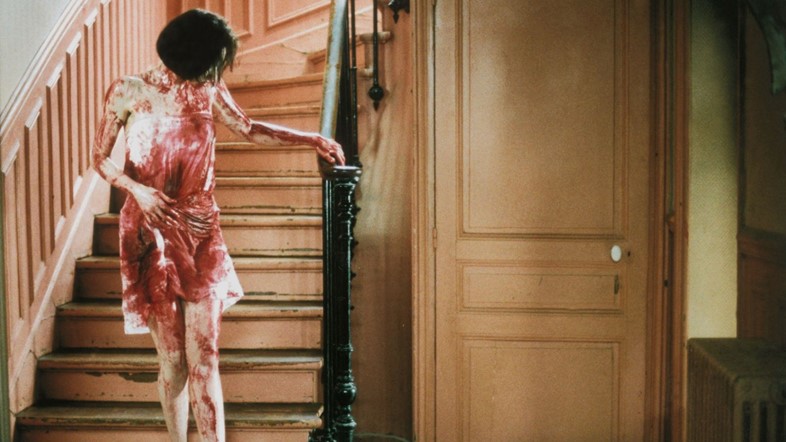
Trouble Every Day (Claire Denis, 2001)
“When I read the script, I realised the care Claire took to choose really special words to describe the atmosphere, and it was very rich. Claire told me about [the photographer] Jeff Wall, and [his pictures] were very expressive, representing the presence of danger. But I just approached the film as a love story rather than a horror film.
“While filming, I was really deeply watching things, watching people’s faces, trying to find what was in their minds. Of course, Claire has such a talent for choosing actors and all those faces were so amazing.”
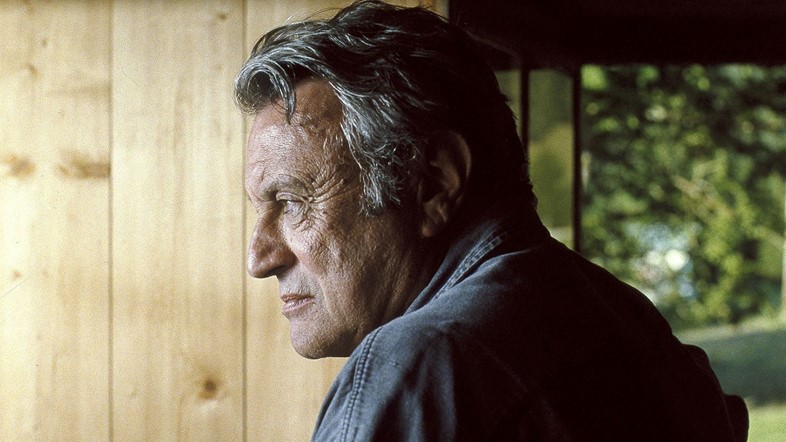
L’Intrus (Claire Denis, 2004)
“I was thinking all the time about how you translate the presence of a human being, and I was really inspired by [the actor] Michel Subor, because the first time I saw him in a film was in Le Petit Soldat by Jean-Luc Godard 40 years earlier. I was fascinated by this sense of time in his life. Just to film someone as if you are a witness of a life, of a presence – it can be very strong.
“For me, [Subor] reminded me immediately about [Thomas] Sutpen, the character in the [William] Faulkner novel, and I have a lot of admiration for literature. I think Faulkner is incredible. By reading the novels again, [I noticed] how he describes the presence of a young, pregnant woman on the road in Light in August, and how you have an almost tactile sensation that also says things about the social position of this woman. Words, description – they can drive you sometimes to find the point of view. You have to find images for movies, but for a writer, you have to find the right words [to put] together.
“I would say the angle of attack of a camera, the punctum of the camera is ... well, this is really cinematography for me. There are many, many, many ways. And it’s a never-ending experience to look for it.”
Lensed by Agnès Godard is on show at Metrograph in New York until April 8.
